The following is a timeline of the history of the city of Skopje, North Macedonia. [nb 1]
The following is a timeline of the history of the city of Skopje, North Macedonia. [nb 1]

Skopje is the capital and largest city of North Macedonia. It is the country's political, cultural, economic, and academic centre. Skopje lies in the Skopje Basin.

Kumanovo is a city in North Macedonia and the seat of Kumanovo Municipality, the largest municipality in the country. Kumanovo lies 340 metres above sea level and is surrounded by the Karadag part of Skopska Crna Gora mountain on its western side, Gradištanska mountain on its southern side, and Mangovica and German mountain on the Eastern side. Skopje airport also serves Kumanovo.
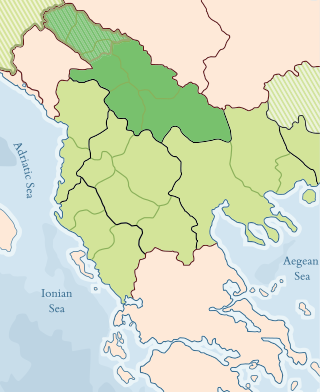
The Vilayet of Kosovo was a first-level administrative division (vilayet) of the Ottoman Empire in the Balkan Peninsula which included the modern-day territory of Kosovo and the north-western part of the Republic of North Macedonia. The areas today comprising Sandžak (Raška) region of Serbia and Montenegro, although de jure under Ottoman control, were de facto under Austro-Hungarian occupation from 1878 until 1909, as provided under Article 25 of the Treaty of Berlin. Üsküb (Skopje) functioned as the capital of the province and the midway point between Istanbul and its European provinces. Üsküb's population of 32,000 made it the largest city in the province, followed by Prizren, also numbering at 30,000.

Šuto Orizari, often shortened as Šutka (Шутка), is one of the ten municipalities that make up the City of Skopje, the capital of the Republic of North Macedonia. Šuto Orizari is also the name of the urban neighbourhood where the municipal seat is located. It consists of a council and mayor.
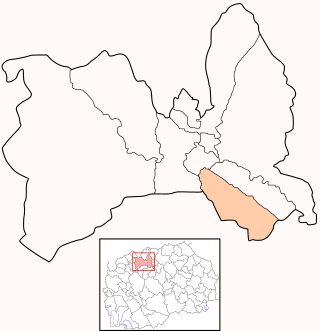
Kisela Voda (Macedonian: meaning "mineral water" is one of the ten municipalities that make up the city of Skopje, the capital of North Macedonia.
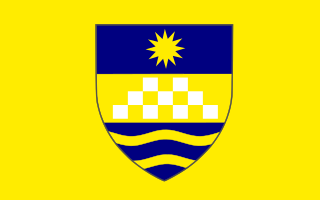
Karpoš Municipality is one of the ten municipalities that make up the city of Skopje, the capital of the Republic of North Macedonia.

Centar is the central municipality of the ten municipalities that compose the city of Skopje, the capital of North Macedonia. Centar is home to the Assembly of North Macedonia.

Čair is one of the ten municipalities that make up Skopje, the capital of North Macedonia. The municipal administration consists of a council and mayor. Skopje's old town is located in Čair. The municipality has a predominantly Albanian population.

Gazi Baba is one of the ten municipalities that make up the City of Skopje, the capital of North Macedonia. The municipality administration consists of a council and mayor.

Butel Municipality is one of the ten municipalities that make up the City of Skopje, the capital of North Macedonia. The municipality administration consists of a council and mayor.

Aerodrom (Macedonian: Аеродром;, meaning Airport or Aerodrome; is the largest in population of the ten municipalities that make up the city of Skopje, the capital of North Macedonia.
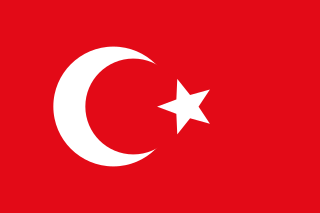
The Vilayet of Salonica was a first-level administrative division (vilayet) of the Ottoman Empire from 1867 to 1912. In the late 19th century it reportedly had an area of 12,950 square miles (33,500 km2).

The Pashalik of Scutari, Iskodra, or Shkodra (1757–1831), was an autonomous and de facto independent pashalik created by the Buşatlı family from the previous Sanjak of Scutari, which was situated around the city of Shkodër in modern-day Albania and large majority of modern-day Montenegro. At its peak during the reign of Kara Mahmud Bushati the pashalik encompassed much of Albania, most of Kosovo, western Macedonia, southeastern Serbia and most of Montenegro. Up to 1830 the Pashalik of Shkodra controlled most of the above lands including Southern Montenegro.
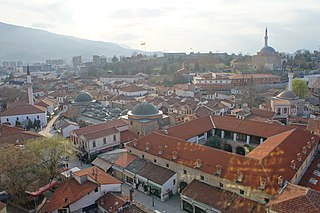
The Old Bazaar also known as Turkish Bazaar is a bazaar located in Skopje, North Macedonia, situated on the eastern bank of the Vardar River, stretching from the Stone Bridge to the Bit-Pazar and from the Skopje Fortress to the Serava river. The Old Bazaar falls primarily within the borders of Čair Municipality but a part of it is located in Centar Municipality. As one of the oldest and largest marketplaces in the Balkans, it has been Skopje's centre for trade and commerce since at least the 12th century.
North Macedonia was part of the Ottoman Empire for over 500 years, from the late 14th century until the Treaty of Bucharest in 1913. Before its conquest, this area was divided between various Serbian feudal principalities. Later, it became part of the Ottoman province or Eyalet of Rumelia. The name Rumelia means "Land of the Romans" in Turkish, referring to the lands conquered by the Ottoman Turks from the Byzantine Empire.
The history of Skopje, North Macedonia, goes back to at least 4000; remains of Neolithic settlements have been found within the old Kale Fortress that overlooks the modern city centre. The settlement appears to have been founded around then by the Paionians, a people that inhabited the region. It became the capital of Dardania, which extended from Naissus to Bylazora in the second century BC. Roman expansion east brought Scupi under Roman rule on the eve of the 1st century AD. When the Roman Empire was divided into eastern and western halves in 395 AD, Scupi came under Byzantine rule from Constantinople. During much of the early medieval period, the town was contested between the Byzantines and the Bulgarian Empire. It served as Bulgarian capital from 972 to 992. After 1018, it was a capital of Byzantine theme of Bulgaria after the fall the First Bulgarian Empire. In 1189 the town was part of the Serbian realm later becoming the capital of the Serbian Empire. In 1392 the city was conquered by the Ottoman Turks and they named the town Üsküb. The town stayed under Ottoman rule for over 500 years. During that period it was famous for its oriental architecture.

The Sanjak of Üsküp was one of the sanjaks in the Ottoman Empire, with Üsküb as its administrative centre.
The following is a timeline of the history of the city of Sarajevo, Bosnia and Herzegovina.
The following is a timeline of the history of the city of Kumanovo, North Macedonia.
The following is a timeline of the history of the city of Plovdiv, Bulgaria.
{{cite book}}: CS1 maint: location missing publisher (link){{citation}}: CS1 maint: location missing publisher (link)This article incorporates information from the French Wikipedia and Macedonian Wikipedia.
{{cite book}}: CS1 maint: location missing publisher (link)